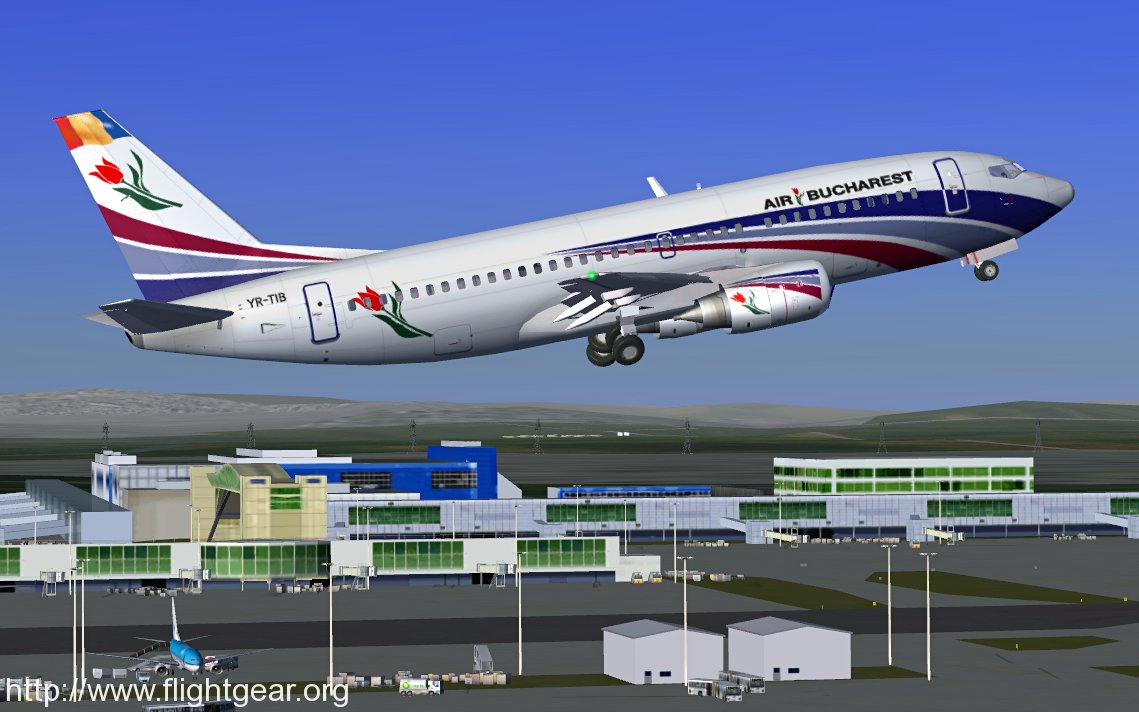
- #Flightgear multiple monitors driver
- #Flightgear multiple monitors simulator
- #Flightgear multiple monitors windows
So one osg::Texture in the scene graph even if it's rendered on two contexts you'll have two separate TextureObjects/OpenGL texture objects. If you are using multiple graphics contexts then by default the OSG/OpenGL will be creating OpenGL objects (like textures) on a per context basis.
#Flightgear multiple monitors driver
The reason is that each thread will be competing for the graphics card, which is an exclusive resource, and the driver is forced to perform many context switchs. Doing some digging, I figured FGPanel would be the best solution to this. If you have a single graphics card, having a thread per camera (each one with a graphics context) doesn't necessarily improve the performance, what is more, it can degrade it. Rather than having 2 cockpit views, I want the lower monitor (inbuilt laptop monitor) as just an instrument panel, and the top monitor set up to look out the front window (and move about for each control, depending on the plane). ĭefault implicit buffer attachment policy adds depth buffer to FBOs if only color buffer was attached.
#Flightgear multiple monitors simulator
Multithreading modes allocate two instances of OpenGL resources to speed up rendering. Walking through a hypothetical example of a composited flightgear simulator across multiple monitors seems to add up. This property must be set during initialization, modifying it at runtime has no effect. will only tell the underlying OpenSceneGraph implementation to try to do certain tasks "concurrently", for a more detailed explanation, please refer to: Howto:Use_the_system_monitor The aforementioned threading related directives are only relevant at the OSG/rendering level, i.e. Selecting threading modes Note Beginning with FlightGear 3.0, you should be careful when changing the default OSG threading settings, as enabling multi-threading seems to be an increasingly reliable way to trigger race conditions/segfaults (crashes).
#Flightgear multiple monitors windows
From my reading, version 2.0.0 of Flightgear supports multiple windows for the same simulation, however, with my XML files, i can not get this to work.

Note In its current form, this section/article is largely based on quotes collected from various related discussions/channels (devel list, forum etc) using the Instant-Cquotes script. FlightGear Simulator on Multiple Monitors. FlightGear supports a number of different threading modes to make use of multiple CPUs or GPUs, this applies mostly to high-end multi-core or multi-GPU, multi-screen (or multi-window) setups and may improve performance (see Howto: Configure camera view windows).


 0 kommentar(er)
0 kommentar(er)
